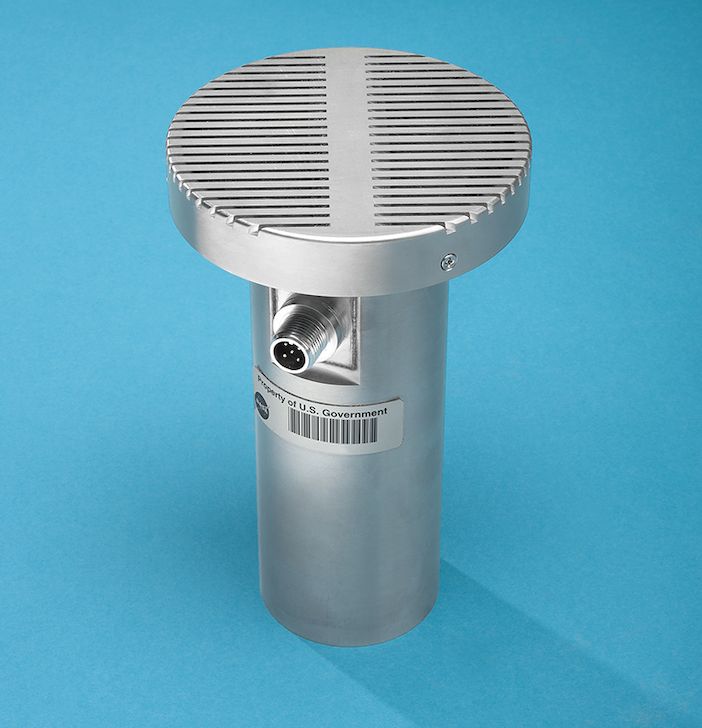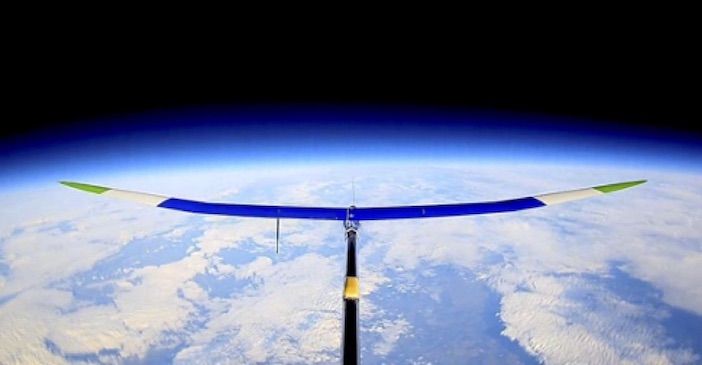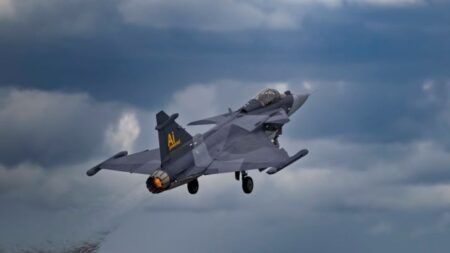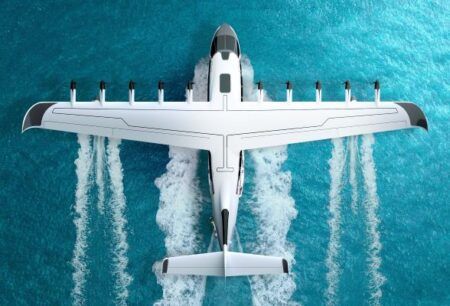Researchers at NASA have developed and tested sensors for detecting turbulence that could radically improve flight planning and aeronautical R&D.
The sudden turbulence sometimes experienced when flying, which is known as clear-air turbulence can seemingly come out of nowhere and wreak havoc on aircraft. Though it isn’t easily detected visually, clear-air turbulence has a definite infrasound signature.
Similarly to how infrared light consists of frequencies that aren’t visible to the naked eye, infrasound consists of pitches too low to be heard by the human ear, between 0.001 and 20 hertz.
Researchers Qamar Shams and Allan Zuckerwar at NASA’s Langley Research Center in Hampton, Virginia, realized that if air traffic controllers or pilots could hear these whirling vortices of turbulence before aircraft encounter, alternate route could be plotted.
Experiments to detect turbulence began in 2007 at NASA and quickly revealed that infrasound was difficult to detect, with long wave frequencies tending to be overpowered by higher-frequency sounds, resulting in interference.
Shams said, “We found that the sensors get saturated and they don’t perform well. We thought, ‘We have combined expertise in instrumentation, so why don’t we design a microphone ourselves?’”
Shams and Zuckerwar’s microphone design uses a moving diaphragm to pick up audio where sound waves cause the surface to vibrate. The researchers used a low-tension diaphragm with a wide radius paired with a large, sealed air chamber behind it to allow the microphone to hear these ultralow sound waves that travel great distances.
The infrasonic microphones are manufactured by PCB Piezotronics of Depew, New York, under contract with Langley. With the sensor completed, testing began. When the microphones were placed in an equidistant triangular pattern around the grounds of Langley’s runway, they were able to pick up and locate atmospheric turbulence more than 300 miles away, in the skies above Pennsylvania.

can pick up the ultralow frequencies generated by turbulence (Image: NASA)
The microphone had been tested on the ground for the Department of Defense and its performance validated at the Sandia National Laboratories by 2017.
HiDRON glider
Stratodynamics HiDRON glider has been developed to carry scientific instruments to the upper reaches of the atmosphere and keeps them working as it glides down. The glider has been used to flight test the microphone and it is hoped the infrasonic sensor will be able to extend the glider’s flight envelope using by identifying turbulence.
Stratodynamics has lifted and then slowly descended its balloon-launched HiDRON glider to heights of more than 100,000ft. With the assistance of the infrasound microphone and a wind probe, the unmanned glider measures the intensity of turbulence in its path at a distance, and may possibly detect thermal columns to keep the plane sailing longer. More work is underway to design the algorithms required to understand the turbulent signature’s intensity and range.
Recently, initial testing saw the microphone perform well. Even with rushing wind whipping past the UAV, the team was able to isolate the low frequencies from the ambient conditions.
Stratodynamics plans to conduct additional flight testing to further advance the technology. The company will not only evaluate the NASA-developed microphone, but is also serving as the flight provider for a complementary turbulence detection technology from the University of Kentucky, which received support from NASA’s Flight Opportunities program. Pending results from these tests, the infrasound microphone will become a standard technology option for Stratodynamics clients.
The company is also working on a new version of the glider in partnership with the Canadian Space Agency and the University of Waterloo in Ontario. The HiDRON suborbital space plane will have a larger payload capacity and will be designed specifically to operate in the stratosphere.
Engineers on the project believe that the data provided by the infrasonic microphone will become ubiquitous in detecting and forecasting turbulence, air traffic control decision-making, and aviation route planning. By making it easier to avoid turbulence in all parts of the flight, less fuel is wasted in navigating around turbulent air, and less carbon dioxide is released into the atmosphere.
Nick Craine, business development lead at Stratodynamics said, “As infrasonic detection continues to prove its value as a turbulence mitigation technology, its potential to forever alter the landscape of aviation grows stronger with every flight.”





